Adolescence, often considered a time of self-discovery and growth, can also be a period of vulnerability. As teenagers navigate the challenges of identity, peer pressure, and academic stress, they may find themselves susceptible to the allure of substances and behaviors that provide temporary relief but can lead to long-term consequences. In this blog, we delve into the complex issue of teenage addiction, exploring its root causes, prevalent substances, and strategies for prevention and intervention.
The Anatomy of Teenage Addiction:
1. Understanding Vulnerability: Adolescence is a critical developmental stage marked by physical, emotional, and social changes. Teenagers may grapple with issues like low self-esteem, peer acceptance, and the search for identity. These factors can create a vulnerable environment where experimentation with substances or addictive behaviors becomes more likely.
2. Prevalent Substances: Teenagers may fall prey to various addictive substances, including alcohol, tobacco, marijuana, prescription medications, and illicit drugs. Each substance carries its own set of risks and consequences, impacting the developing brain and potentially leading to long-term addiction issues.
3. Behavioral Addictions: Addiction isn't limited to substances; teenagers can also develop behavioral addictions. Excessive use of technology, gaming, gambling, or engaging in risky behaviors may provide an escape from reality, leading to dependency and detrimental effects on mental health.
The Role of Genetics and Environment:
1. Genetic Predisposition: Research suggests that genetics play a role in addiction susceptibility. Teens with a family history of addiction may be genetically predisposed to developing substance use disorders. Understanding these genetic factors can contribute to more targeted prevention and intervention strategies.
2. Environmental Factors: Environmental influences, such as family dynamics, peer relationships, and socioeconomic status, significantly contribute to a teenager's risk of addiction. A supportive and communicative family environment, along with positive peer influences, can act as protective factors against substance abuse.
Prevention and Intervention Strategies:
1. Education and Awareness: Comprehensive education about the risks and consequences of substance abuse is crucial. Schools, parents, and communities should work together to provide accurate information and foster open conversations about addiction.
2. Mental Health Support: Recognizing and addressing underlying mental health issues is vital. Adolescents often turn to substances as a way to cope with stress, anxiety, or depression. Access to mental health resources and destigmatizing seeking help can be instrumental in prevention. Explore how Blue Ridge Therapeutic Wilderness can support struggling teens and their families➔
3. Building Resilience: Empowering teenagers with coping mechanisms and resilience-building skills can help them navigate life's challenges without resorting to substances. This includes promoting healthy stress management, problem-solving skills, and positive peer relationships.
4. Family Involvement: Strong family bonds and open communication create a supportive foundation for teenagers. Families should be actively involved in their children's lives, fostering trust and understanding. Parents can set positive examples and establish clear boundaries regarding substance use. Learn more about family programming at Blue Ridge Therapeutic Wilderness➔
Teenage addiction is a multifaceted issue that requires a holistic approach. By understanding the factors that contribute to vulnerability, addressing genetic and environmental influences, and implementing preventive strategies, we can strive to create a supportive environment for teenagers, helping them navigate the challenges of adolescence without succumbing to the shadows of addiction. Together, therapy, family, and strong role models can play a pivotal role in shaping a healthier, more resilient future for our youth.

